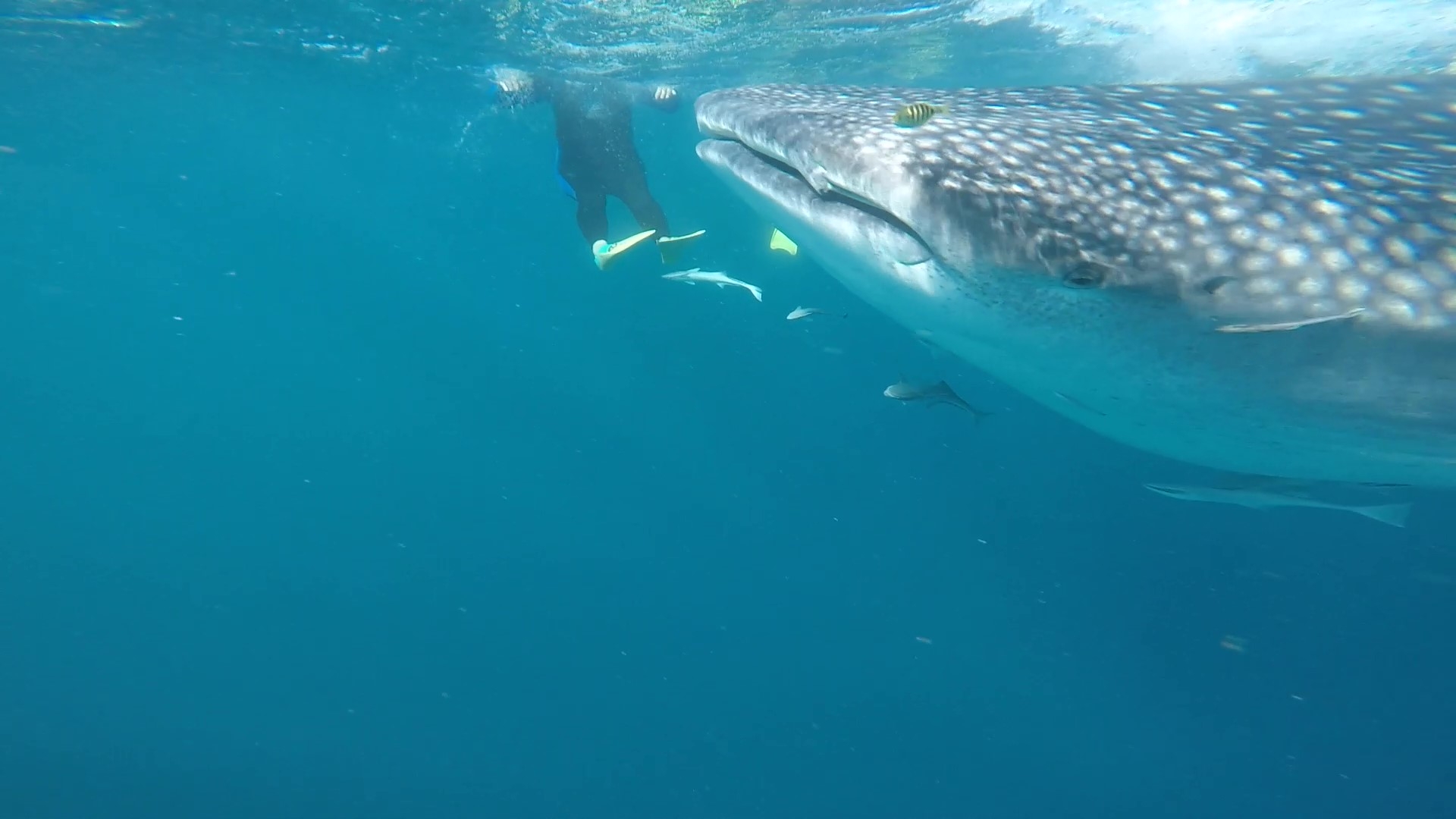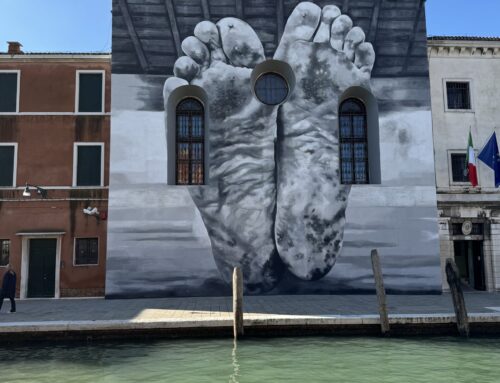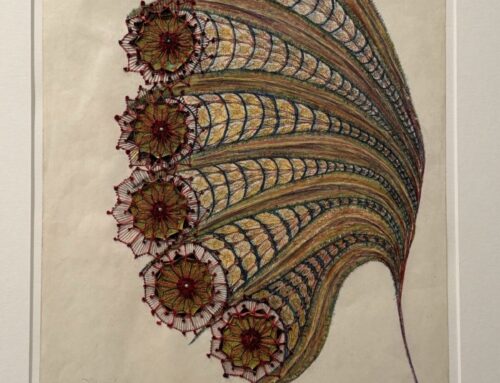The best thing we did in Australia was swim with the whale sharks.
The whale shark is a gentle giant-the biggest fish in the ocean, getting up to 40 feet long. They are filter feeders, sucking in plankton through a wide mouth while swimming slowly in warm waters. They can be found in tropical waters around the world.
Along Ningaloo Reef, in north west Australia, the whale sharks migrate from March to August, taking advantage of the coral bloom. Since they are not threatening to humans, a tourism industry has grown up around being with these fish in their natural habitat.
We went on a whale shark swim in Exmouth, Western Australia with the 3 Islands Whale Shark Dive.
There are several tour operators and the swimming with whale sharks is carefully regulated.
We had a fantastic experience with 3 Islands Whale Shark Dive due to the well-organized and experienced crew and boat pilot.

The Whale Shark Dive Experience
We were picked up at our hotel around 7:45 am and taken to the dock to get on the Draw Card, our boat for the day, about a 30 minute ride from town.
Snorkel gear was handed out and fitted, along with wetsuits. Cruising inside the reef for the first hour, we went on a shakedown snorkel in a coral garden. It’s important to make sure your gear is right before swimming with the shark.
The boat headed outside of the reef, cruising south to meet up with the fish that are migrating north. We saw a pod of humpback whales and the boat followed them for a while so we could get photos. This is a bonus of cruising along the reef-wildlife spotting.

This company has its own spotter plane, which makes for more efficient whale shark spotting. Finding a suitable shark, our boat pilot was given the coordinates and we headed to that location. The guides gave us instructions on the swim procedures. Only 10 swimmers are allowed in the water with a shark at a time, so we were split into 2 groups. While one group gets in the water with the shark, the second group gets ready. The first group swims with the shark, then they stop and the second group gets in the water to swim with the shark The boat comes around to pick up the first group, and then circles back to pick up the second group. This company also provides a sweep tender to pick up lagging swimmers.



Swimming with the whale shark is done on the surface and we were told not to dive down unless the crew said it was ok. The weather was very windy on the day of our tour, the swells were high and snorkeling was challenging. Even in these conditions it was easy enough to swim with the shark. They swim just below the surface for long periods of time.
The crew did an excellent job of assisting everyone who needed it. We got to swim with the shark 4 different times, sometimes with a rest in between.
Lunch was served on the boat after the whale shark swimming. The boat then headed back inside the reef and stopped for another opportunity to snorkel around some coral outcroppings. We also saw a group of dugongs swimming along. Some people saw a reef shark.

The boat returned to the dock about 3:00pm and we got the shuttle back to our hotel.
This is the one experience that we are still talking about, two weeks later. It was truly amazing to be in the water with these huge fish.
I can highly recommend it.
Good to Know:
- Plan well in advance. The whale shark swimming season in Western Australia is from mid-March to August. Spaces are limited and do sell out. Most tours offer a “no sighting-go again” policy so make sure you have at least two days to spend in the area. As soon as you know when you are going there, make a reservation for your swim.
- Having access to a spotter plane and support tender makes for a better tour, so do research and ask questions before choosing a particular operator.
- Jellyfish can be a problem early in the season in the Ningaloo Reef area so be prepared to wear a wetsuit or “stinger” suit.
- Non-flash photography is allowed in the water: we took a GoPro and a waterproof Nikon Camera. Make sure your lenses are clean!






